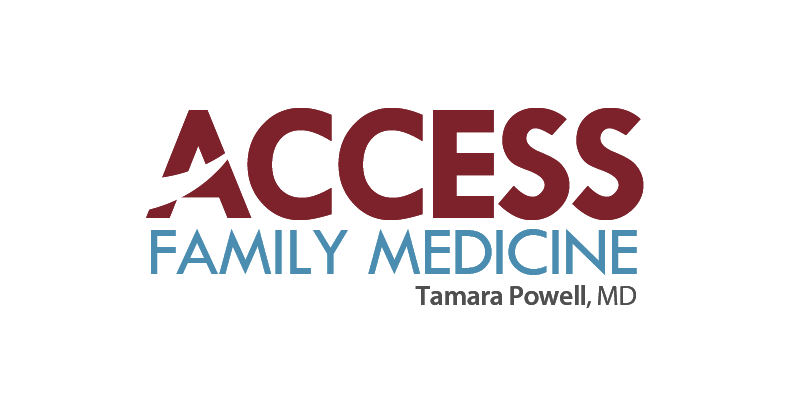I follow these two scientists (Dr. Jessica Steier, a public-health expert, and Dr. Andrea Love, an immunologist, the hosts of Unbiased Science, a podcast devoted to objective, critical appraisal of available evidence on health-related topics relevant to listeners’ daily lives), as they seem dedicated to straight, well documented facts. Here is their recent post about schools reopening, a hot topic this month.
The guidance includes color-coded charts that divide schools' reopening options into four zones based on the level of community spread measured in new cases per 100,000 in the past seven days and percentage of RT-PCR (i.e NAAT) tests that are positive during the past 7 days: blue (low), yellow (moderate), orange (substantial) and red (hard-hit).
Districts with low or moderate community spread are encouraged to consider reopening for full, in-person learning (though the virus can still spread easily if schools do not enforce mask-wearing and social distancing).
Schools in districts with substantial transmission may still consider a limited reopening, as long as they can layer multiple safety strategies.
The mitigation measures that are critical to safety are masking (consistent and correct use of masks by all students, teachers, and staff), physical distancing, hand-washing and respiratory etiquette, cleaning and maintaining healthy facilities, and contact tracing in combination with isolation and quarantine. The CDC also offers guidance on diagnostic and screening testing options.
Vaccinating teachers and school staff can be considered a layer of mitigation and protection for staff and students. Vaccine prioritization varies between states, and in some instances, within a state (i.e., at the county-level).
Many of our local teachers are just now receiving their second dose of Covid-19 vaccine. Please keep in mind that the 95% protection is considered to be at usually two weeks after the second dose. Let’s continue to do our job protecting our teachers, our kids and each other!
Take care,
Dr. Powell




